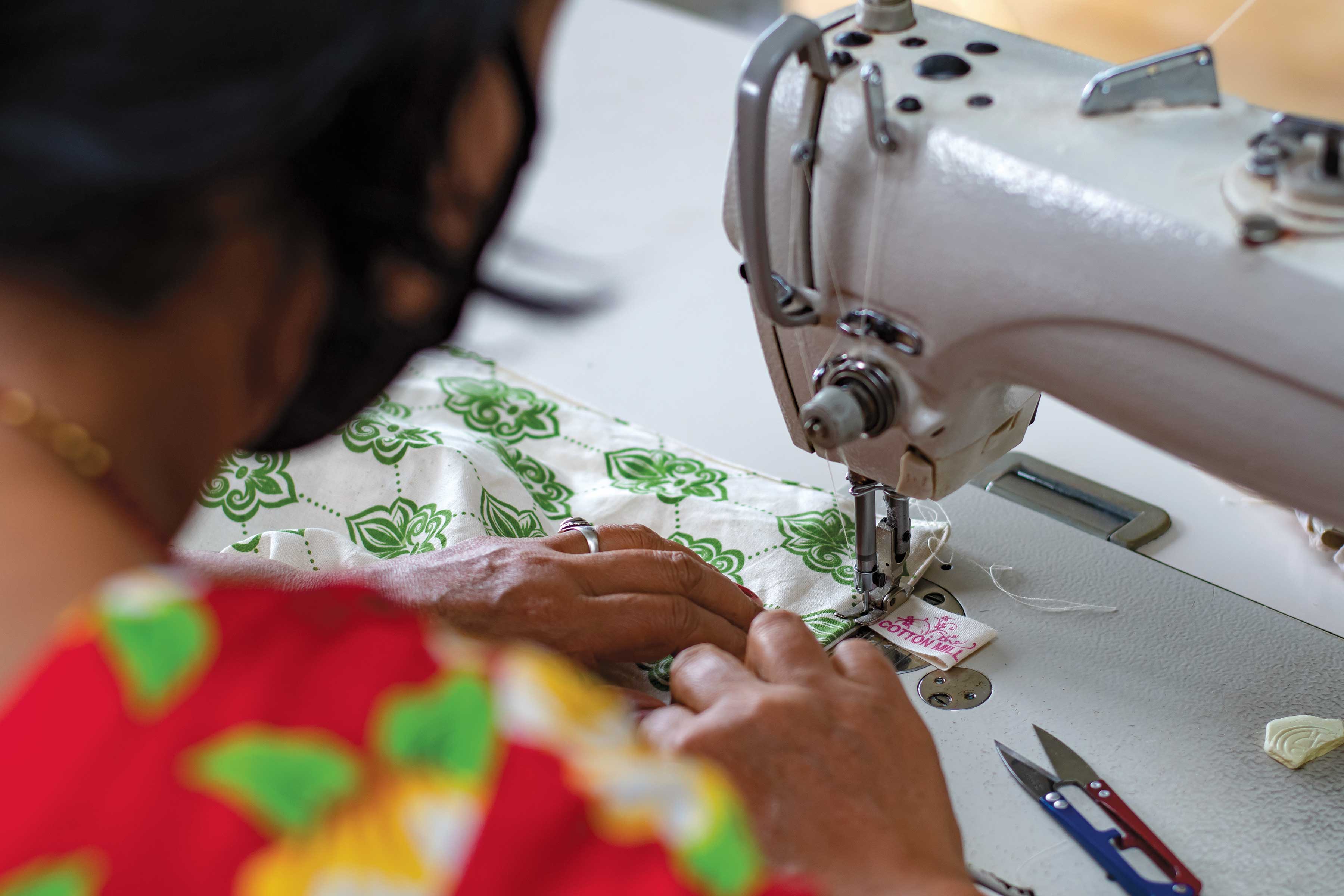
When in doubt, know who you are and the reason for your existence. “Have the qualities of salt, light and yeast”, began Elder Dr Mangal Man Maharjan on occasion of the 50th Golden Jubilee Anniversary of the Nepali Isai Mandali Church. “Affect and touch lives like salt dissolves into cooking, help others with your best as a guiding light and, like yeast, help others around you grow,” he went on. We were visiting the church on this occasion out of curiosity about this religion, it’s practices and preachings. The moment we stepped into the sanctuary we were comforted by warm, welcoming smiles.
The Gyaneshwor Christian Church celebrated its golden jubilee over a festive two-day period in early November. On the first day, Protestants from around Kathmandu gathered for celebration and feasting, and on the second day (the day we visited) others came from all over Nepal and foreign countries to join the celebration. The door opened to a hall full of many people. At first, it seemed quite a challenge to find a place to sit, but the friendly ushers made sure all were seated. Elder Samuel Karthak acknowledged and welcomed all. After that, he briefed us on the history of Nepali Isai Mandali.
In 1957, he said, the first Protestant church in Kathmandu was built at Dillibazaar under the guidance of Pastor Robert Karthak, Dr Rajendra Rongong, Jarmit Rongong, and eight other devoted committee members. Starting with one building at Dillibazaar that year, the number has increased to 11 Nepali Isai Mandali churches overall. Today, in all the churches combined, there are over 7,000 worshippers, including children. The churches at Gyaneshwor, Jorpati, Gongabu and Lalitpur are the main ones, while the other seven are their daughter churches. The church at Gyaneshwor is still under construction. Regular weekly worship services are held every Saturday. Since that early start 50 years ago, church activities have extended to 33 districts and bible studies are conducted by youth in seventy places around the country.
A video showed the history of the church opening. Then the celebration continued, featuring special group dances performed by children from the churches of Gyaneshwor, Gongabu, Lalitpur and other places. The small children and youth were energetic and enthusiastic as they danced and sang Christian songs. Their energy and sheer delight in the music created a happy atmosphere. Some of the older church members sang along, tapping their feet, shaking their heads and often clapping with delight to the rhythm. The church choir also sang hymns, joined by the congregation from song books. Appreciating and thanking god by such rejoicing seems to be a distinctive quality of Christianity. We are not just alive, but we are living is the church motto.
Deacon Dil Thapa was baptized in 1969, when the church had only 60 devotees. He spoke both of an enduring peace and of the changes that have taken place since then. When I spoke with him later, he told me about the basics of the church. First, he said, one has to accept Jesus Christ as savior, by confessing all sins. Then, after following certain rules and lessons, one can be baptized. In the Gyaneshwor Church, it takes a period of two months of individual preparations before that occurs. After baptism, one becomes a full member of the church, and can participate in all church activities. In return, the church provides help in time of need. No matter who one is, if baptized then at death his or her body can be buried in one of the church graveyards, at Bansbari or Dhapasi.
While the church was once only involved in spiritual praying, it now has programs to help the society at large. For example, Nepali Isai Mandali church maintains an old people’s home in which nine elderly women presently reside.
After my curiosity about the church was satisfied, a hearty lunch and more conversation ended my visit. I left satisfied—for a place of god should never disappoint anyone.











